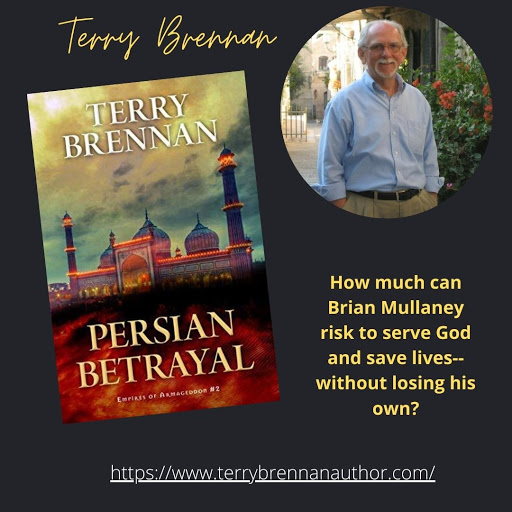Susan Shapiro Barash / pen name Susannah
Marren
I have always believed
that when a reader gets hooked immediately it’s off to the races. Each
chapter propels the story forward and provides a cliff hanger by the last few
paragraphs. The story heightens as it unfolds and that, combined with the voice
of the narrator, is what creates the drama. I’m not one to spend time on fluffy
scenes, so even if there is a description of a party or an outfit, it is there
for a reason.
Before I begin a novel,
I write up the characters in detail. I know everything about each of my main
characters, from their taste in food to their favorite color to their secrets
to their politics. I write down ideas and thoughts on slips of paper if I’m out
and about and when I get back to my desk, I add these to my notes. I keep a file
for each character, and I don’t start the novel until each is fully fleshed.
Their emotional terrain is incredibly important to me as are their
interpersonal relationships with others. Sometimes I find myself asking how one
of my characters would react to a real-life circumstance. Because I have
written nonfiction books (under my real name), documenting the lives of a
diverse group of women in terms of how they feel as mothers, wives, single
women, sisters, friends and colleagues, when I work on my female characters, I
consider how women are positioned in society. The behavior of my female
characters reflect how women navigate a path in the workplace, among family
members and in their female friendships. All of this is considered in terms of
cultural expectations.
While I am aware that
some authors like their stories to evolve and their characters to lead them, I
am not among this group. Rather I like to know where my story is going when I
first begin. I know the ending from the start, and it informs the entire story,
it is my compass. That doesn’t mean it’s an easy journey from start to finish,
more that I know what the finish line is. This provides clarity for me and a
roadmap. I also like to outline my fiction, and while some writers aren’t in
favor of this, I find that the more detail I have, the more I am immersed in
the writing, and the more the story fills my head.
I also make notes on the
place where my novels take place. For me the place is almost another character
in the story. I write about places that I know well. For A Palm Beach
Wife (2019) and A Palm Beach Scandal (2020), I chose
the locale because I knew it so well. I had grown up being there and my parents
were residents for decades. I would go out to lunch with my mother and wonder
about what really was going on in a town that exuded perfection. How could
anyone be unhappy amidst such beauty, surrounded by opulence? Except, of
course, that isn’t the case. These books are about what lurks beneath and how
women deal with their truths versus their lies.
Part 2 tomorrow.
Susan Shapiro Barash is an
established writer of thirteen nonfiction women’s issue books, including Tripping
the Prom Queen, Toxic Friends, and You’re Grounded Forever, But First
Let’s Go Shopping. Her fiction, Between the Tides and A Palm
Beach Wife, are published under her pseudonym, Susannah Marren. A Palm
Beach Scandal comes out on September 15, 2020.
She has been featured in The
New York Times, The Wall Street Journal, The New York Post, The Chicago
Tribune, Elle, Marie Claire, and has appeared on national television
including the Today Show, Good Morning America, CBS, CNN, and MSNBC.
Barash has been a guest on national radio including NPR and Sirius Radio. Visit Susan at
http://www.susanshapirobarash.com/
Photo by James
Maher





























